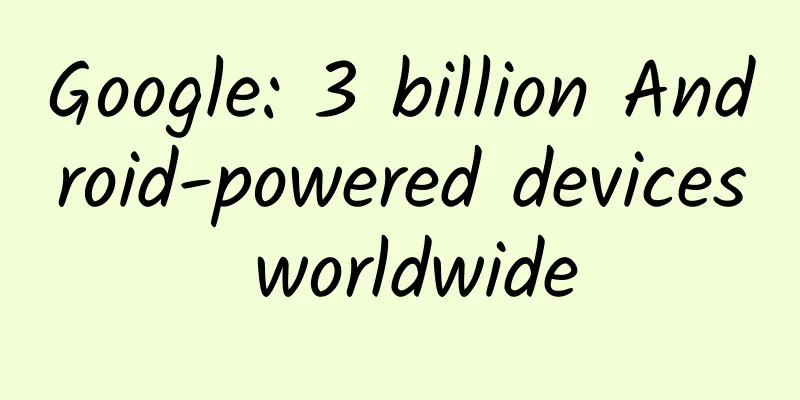How to treat uterine fibroids and cysts

|
In recent years, more and more women have been suffering from uterine fibroids and cysts, so the treatment of uterine fibroids and cysts has become more and more of a concern to female patients. Generally, surgery is used to treat uterine fibroids and cysts, and the surgical methods are divided into laparoscopic surgery for uterine fibroids and cysts and traditional surgical removal of uterine fibroids and cysts. The following is a detailed explanation of these two surgical treatments one by one. 1. Laparoscopic hysteroscopy for uterine fibroids and cysts For female patients suffering from uterine fibroids and cysts, if they choose hysteroscopic surgery for uterine fibroids and cysts, they need to first analyze their own medical condition to see if their condition is suitable for this surgical treatment. If the patient's condition is relatively mild, and the uterine fibroids or cysts are relatively small, not diffuse, in a good location, and no changes occur. Therefore, they are suitable for the treatment of uterine fibroids and cysts using hysteroscopic surgery. The advantage of hysteroscopic surgery is that the recovery is faster and the harm to the patient is less. 2. Traditional surgical removal of uterine fibroids and cysts For female patients with severe uterine fibroids and cysts, hysteroscopy is not suitable for treatment. Because this type of surgical treatment is difficult to completely eliminate the disease. Therefore, for this type of patients, it is necessary to choose traditional surgical removal, because traditional surgical removal can completely cure the disease at one time, and there is basically no possibility of recurrence. However, patients who use traditional surgical removal to treat uterine fibroids and cysts should pay special attention to daily medical care after the operation, because if the medical care is not good, postoperative wound infection may occur. In general, the treatment for uterine fibroids and cysts is generally surgical, and the surgical methods are divided into hysteroscopy and traditional surgical removal. So, which surgical method the patient should choose for treatment depends on his or her own condition. Do not blindly choose hysteroscopy for treatment due to concerns about pain. |
<<: Food conditioning for female yin deficiency and internal heat
Recommend
Four Seasons Pharmacist says: Sneezing, runny nose...allergies or colds?
———————————————————— Zhengzhou Central Hospital o...
The best time and method for ovulation to conceive
Everyone longs to become a father or mother after...
[Medical Q&A] Do you know what problems will occur if your kidneys are sick?
Author: Chen Zhou Shanghai Changhai Hospital Revi...
Will eating only one meal a day damage your stomach? What should I do if I don't want to eat?
Many people who like to stay at home during holid...
Can female baldness be cured?
Hair is an important part of one's image. Thi...
If you have trouble standing up, an exoskeleton robot can help
Authors: Gao Dayong, Chen Jibao; Chief Judge: Zha...
International Albinism Awareness Day丨Today, let’s learn about the “Moon Child”
Are there some "special" people around ...
How to treat breast inflammation?
Inflammation occurs in the breast, which is known...
Can pregnant women eat fried peanuts?
Pregnant women can eat fried peanuts. Although fr...
Can I get pregnant if I leave the condom inside?
If the condom falls on your body and you don'...
Can women soak their feet during menstruation?
Many women soak their feet in hot water in winter...
Snowboarding requires fun and safety
This is the 3641th article of Da Yi Xiao Hu On th...
Eating like this will make you sick! 6 bad eating habits that will "eat away" your immunity...
The last week of April every year is World Immuni...
What changes occur in the body during pregnancy?
A woman knows she is pregnant usually because her...
Is it good for a woman to have a mole on her lips?
Generally, people with moles on their lips like t...









